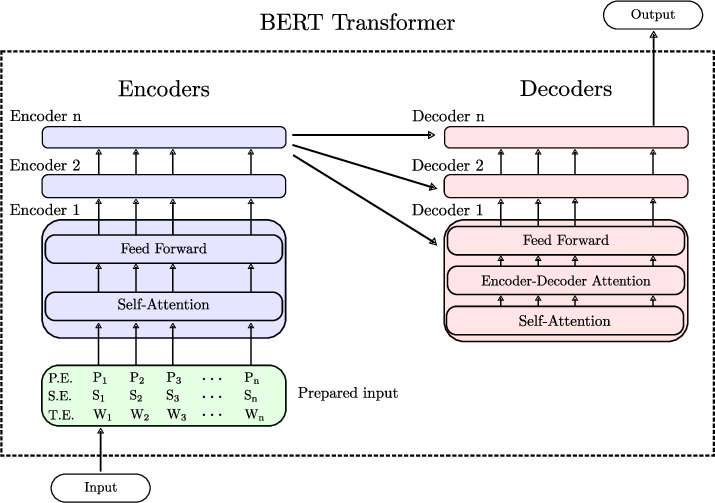Support Vector Machine (SVM)
Table of Contents
Support Vector Machine (SVM) is a powerful machine learning algorithm that is used for classification and regression tasks. It is one of the most popular algorithms in the field of machine learning and has been widely used in various applications such as image recognition, text classification, and bioinformatics.
What is Support Vector Machine (SVM)?
Support Vector Machine (SVM) is a supervised machine learning algorithm that is used for classification and regression tasks. It works by finding the hyperplane that best separates the data into different classes. The hyperplane is defined as the line that maximizes the margin between the two classes. SVM is based on the concept of finding the optimal decision boundary that separates the data points into different classes.
How does Support Vector Machine (SVM) work?
Support Vector Machine (SVM) works by mapping the input data into a higher-dimensional space where it can be linearly separable. It then finds the hyperplane that best separates the data points into different classes. The hyperplane is defined as the line that maximizes the margin between the two classes. The margin is the distance between the hyperplane and the closest data points from each class.
SVM uses a kernel function to map the input data into a higher-dimensional space. The kernel function allows SVM to find the optimal decision boundary without explicitly calculating the transformation of the data points into a higher-dimensional space. There are different types of kernel functions that can be used with SVM, such as linear, polynomial, radial basis function (RBF), and sigmoid kernels.
Advantages of Support Vector Machine (SVM)
Support Vector Machine (SVM) has several advantages over other machine learning algorithms. Some of the key advantages of SVM are:
1. Effective in high-dimensional spaces: SVM is effective in high-dimensional spaces, making it suitable for tasks with a large number of features.
2. Memory efficient: SVM uses a subset of training data points (support vectors) to define the decision boundary, making it memory efficient.
3. Versatile: SVM can be used for both classification and regression tasks.
4. Robust to overfitting: SVM is less prone to overfitting compared to other machine learning algorithms.
5. Can handle non-linear data: SVM can handle non-linear data by using kernel functions to map the data into a higher-dimensional space.
Applications of Support Vector Machine (SVM)
Support Vector Machine (SVM) has been widely used in various applications across different industries. Some of the key applications of SVM are:
1. Image recognition: SVM is used in image recognition tasks such as facial recognition, object detection, and handwriting recognition.
2. Text classification: SVM is used in text classification tasks such as sentiment analysis, spam detection, and document classification.
3. Bioinformatics: SVM is used in bioinformatics for tasks such as protein structure prediction, gene expression analysis, and disease diagnosis.
4. Finance: SVM is used in finance for tasks such as stock price prediction, credit risk assessment, and fraud detection.
Challenges of Support Vector Machine (SVM)
While Support Vector Machine (SVM) has several advantages, it also has some challenges that need to be addressed. Some of the key challenges of SVM are:
1. Sensitivity to parameter tuning: SVM requires careful parameter tuning to achieve optimal performance, which can be time-consuming.
2. Computationally expensive: SVM can be computationally expensive, especially for large datasets with a large number of features.
3. Interpretability: SVM does not provide as much interpretability as other machine learning algorithms such as decision trees or logistic regression.
4. Scalability: SVM may not scale well to very large datasets due to its computational complexity.
Conclusion
Support Vector Machine (SVM) is a powerful machine learning algorithm that is widely used for classification and regression tasks. It works by finding the hyperplane that best separates the data into different classes.
SVM has several advantages, such as being effective in high-dimensional spaces, memory efficient, versatile, and robust to overfitting. It has been used in various applications such as image recognition, text classification, bioinformatics, and finance.
However, SVM also has some challenges, such as sensitivity to parameter tuning, computational complexity, and lack of interpretability. Overall, SVM is a powerful algorithm that can be used for a wide range of machine learning tasks.



